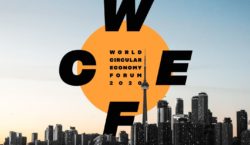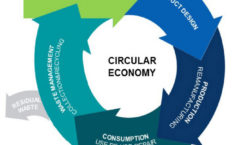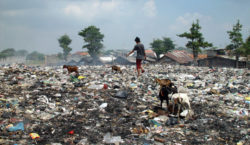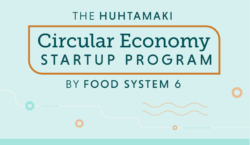Finland is aiming at becoming a global circular economy (CE) leader by 2025. As a country it came up with its first CE roadmap in 2016, with the leadership of Sitra, and has organised the annual World Circular Economy Forum (WCEF) since 2017.In this regard, Business Finland has also launched a program that supports the development of competitive bio- and circular economy solutions and ecosystems that offer solutions to global environmental challenges and hold potential for significant global markets. Their aim is to increase the exports of such solutions in order for Finnish solutions to be adopted in international markets.
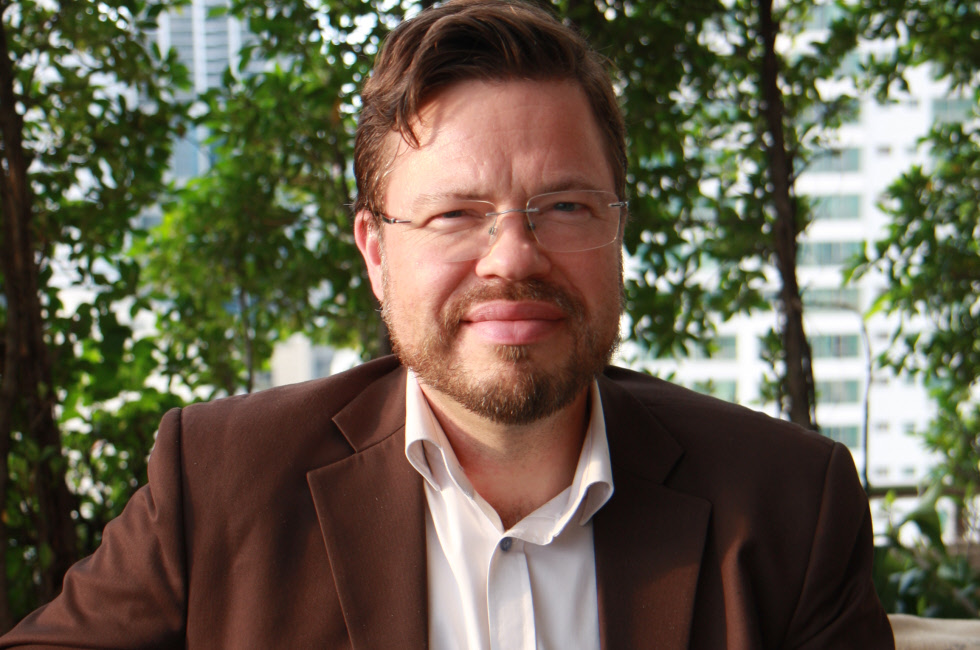
The right man to consult in how to implement CE practices and legislation also for Asean overall and its developing countries is Mr Kari Herlevi, Project Director for the Circular Economy at Sitra, who is part of the team behind Finland’s CE roadmap. He talked to ScandAsia in connection to his very first visit to Thailand in late 2019 invited by the United Nations.
“We at Sitra are now looking at having international partnerships in the CE. We work mostly in Finland now but want to outreach more internationally,” he commented.
Mr Kari, who previously worked with the promotion of Finnish cleantech and renewable energy solutions in Silicon Valley for Tekes, came to Sitra in 2015, tasked to establish the CE area.
“We had already at that time investigated the business opportunities on a national scale within the CE for Finnish industries and after that we decided that we should have a national view on the CE: what it means for Finnish society at large but also for certain value chains. And it was important that it included giving direction, visions and some actions in order to speed things up – we wanted to showcase what was already happening at the time in Finland,” began Kari.
Later, in October 2015in the English version of the ‘Sitra Studies 100 – The opportunities of a circular economy for Finland’ was released where Kari writes in the foreword, along with his boss, director Mari Pantsar: “Companies will find huge economic potential and an opportunity for renewal in the circular economy. Pioneering companies will be able to make efficient use of their material flows and benefit from new, user-oriented business models, as an alternative to owning goods.”
Entrepreneurs and SMEs can benefit from opportunities in different parts of the value chain, commented Kari.“And of course globally even more so, because you have countries with a lot of people where there is a strong need for better solutions and where the CE could be an opportunity in job creation and poverty reduction.”
And the report predicts: “Forerunners in exploiting opportunities will win a large slice of the global market”. The report presents consumers, businesses and Finland as a whole with tangible opportunities for action, while it also predicts that “a long but exciting march towards the circular economy lies ahead of us.”
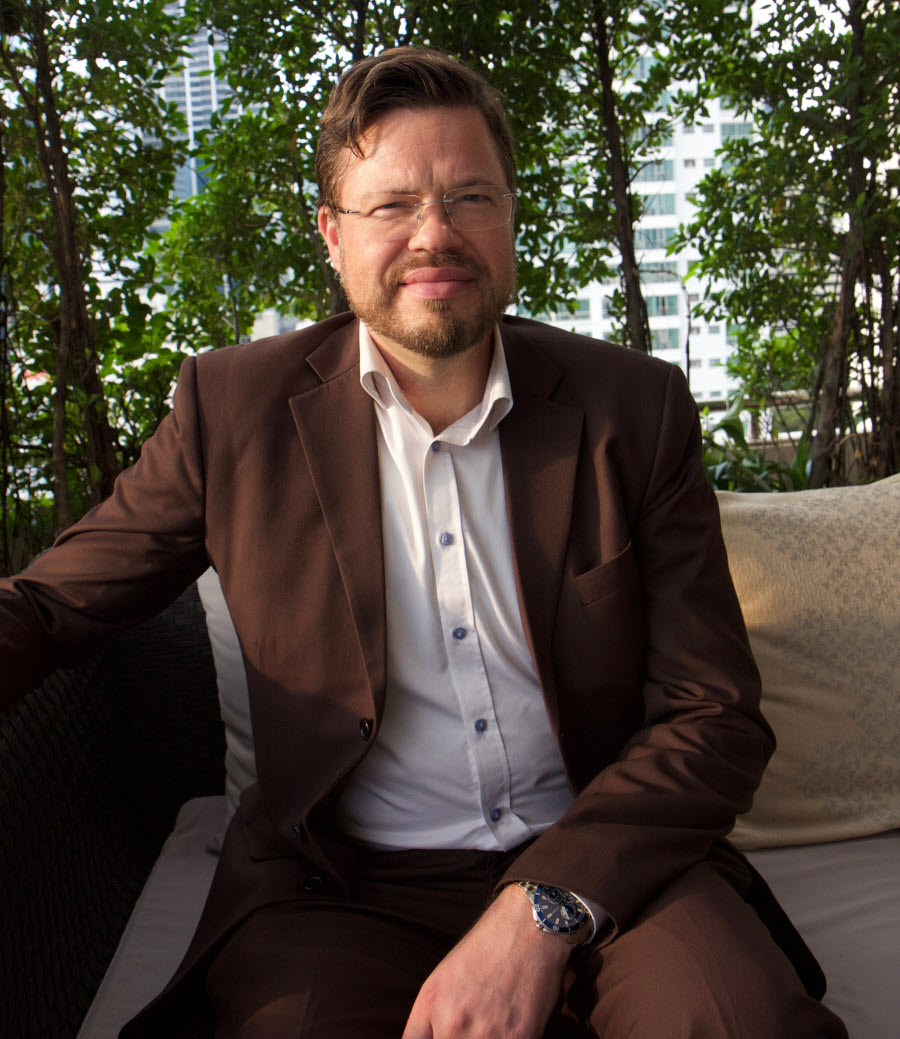 Sitra has also assessed the CE’s potential for Finland together with McKinsey and found that even conservative estimates value such potential at around EUR 1.5–2.5 billion already in few selected sectors. Meanwhile, the global CE markets were estimated to be worth more than one thousand billion dollars by the Ellen MacArthur Foundation and could generate cost savings of EUR600 billion a year in Europe.
Sitra has also assessed the CE’s potential for Finland together with McKinsey and found that even conservative estimates value such potential at around EUR 1.5–2.5 billion already in few selected sectors. Meanwhile, the global CE markets were estimated to be worth more than one thousand billion dollars by the Ellen MacArthur Foundation and could generate cost savings of EUR600 billion a year in Europe.
“As we want the roadmap to be dynamic, we also updated it in the spring of 2019. We looked at things through a different lens, where education became one of the cornerstones of the whole roadmap because we wanted to foster CE natives for Finland in the coming years – from preschool all the way up to university level. It has therefore been integrated in the studies so that everybody–from arts to business to material science–can think about how they can contribute in this topic.”
“In other examples we have worked with cities and citizen-level engagement and aim to have as holistic an approach as possible, to really make sure that Finland takes these things on board to be among the frontrunners by 2025.”
The World Circular Economy Forum (WCEF) is among the flagship projects of the roadmap because it is important to have international outreach and dialogue, said Kari. And the response has been enormous already from the first forum, where many people wanted to partake, even causing a waiting list. The WCEF2020 will be co-hosted by Environment and Climate Change Canada (ECCC) and Sitra in Toronto from 29 September to 1 October, and organised in co-operation with international partners.
In the context of how people understand what CE actually is Kari replied that the transition towards the circular economy can be described in the following way: countries in a linear economic model that still put waste in landfills, dumps and the seas; others that are recycling economies that just try to solve the waste problem; and finally those that are putting the emphasis on waste reduction and the design to prolong the lifecycle of products and maintain value as well as investing in digital solutions and services.
“I think countries are divided by where they stand. There are some countries that are better than others, but it doesn’t solve the problem itself. In developing countries, you definitely need to have waste management systems and recycling because waste is ending up in nature and landfills, causing an environmental catastrophe in many areas. So it really depends on where you are.”
A country like Thailand has a long road to the CE, but Kari says this: “There are certain developing countries that have the perception that it’s too expensive. But I’ve been arguing that it’s very expensive to change current legacy systems that for example Europe has. If you have waste-to-energy and recycling in a traditional sense, they don’t encourage you to maintain the value that much. And I think many developing countries have the opportunity to re-think, and maybe to do things differently, in a less expensive way while still moving forward.”
“On the other hand, in many places environmental problems are so grave that it’s very costly to maintain the current system already, so I think that it’s necessary to have more and more investments in reducing emissions and waste and to really think about different policy measures to regulate as well and to follow up on the regulation.”
“On policy level I think it’s important to provide a positive vision, , but to also put smart legislation in place that for example industries and others can follow; that is predictable and does not change too often. But at the same time policies should challenge this current status and it is necessary to have legislation that reduces single-use plastics, where it’s evident that status quo can’t continue. But I would say also that having waste management systems in place that takes care of the regular stuff is already an improvement! If you can go beyond that it’s a plus but just to have the basic things in place would be very helpful for many perspectives. And if you could integrate it to digital solutions with transparency and AI and systems, this would actually give you better understanding in how you can improve systems.”
For such smart solutions better standards and regulations are also required, and not only in Asia but also in Europe, thought Kari.
As for Asean countries investing in the CE he commented: “I think to have a system level thinking and infrastructure in place that supports these activities is a key thing. That usually means quite a lot of investment in material recycling, but also transportation systems and how these are organised. Could you use more digital solutions and sharing platforms and different ways to not only make it more efficient but more creative and change it from a CE point of view? At the same time, we should have companies that innovate in their product and service models on a company level and there you are talking about different types of investments and players. On governmental level one should look at the whole systems and not only pinpoint one problem, because if you change that particular problem it could lead to another problem, which is not a holistic solution.”
WCEF as a forum examines how businesses can seize new opportunities; gain a competitive advantage through circular economy solutions; and how the circular economy contributes to achieving the UN Sustainable Development Goals (one of its targets is to separate resource use from the concept of economic growth).
“It is really important; there is a strong connection to the SDGs and also it’s important that the businesses have the CE in the core in order to have the growth as sustainable as possible,” commented Kari.
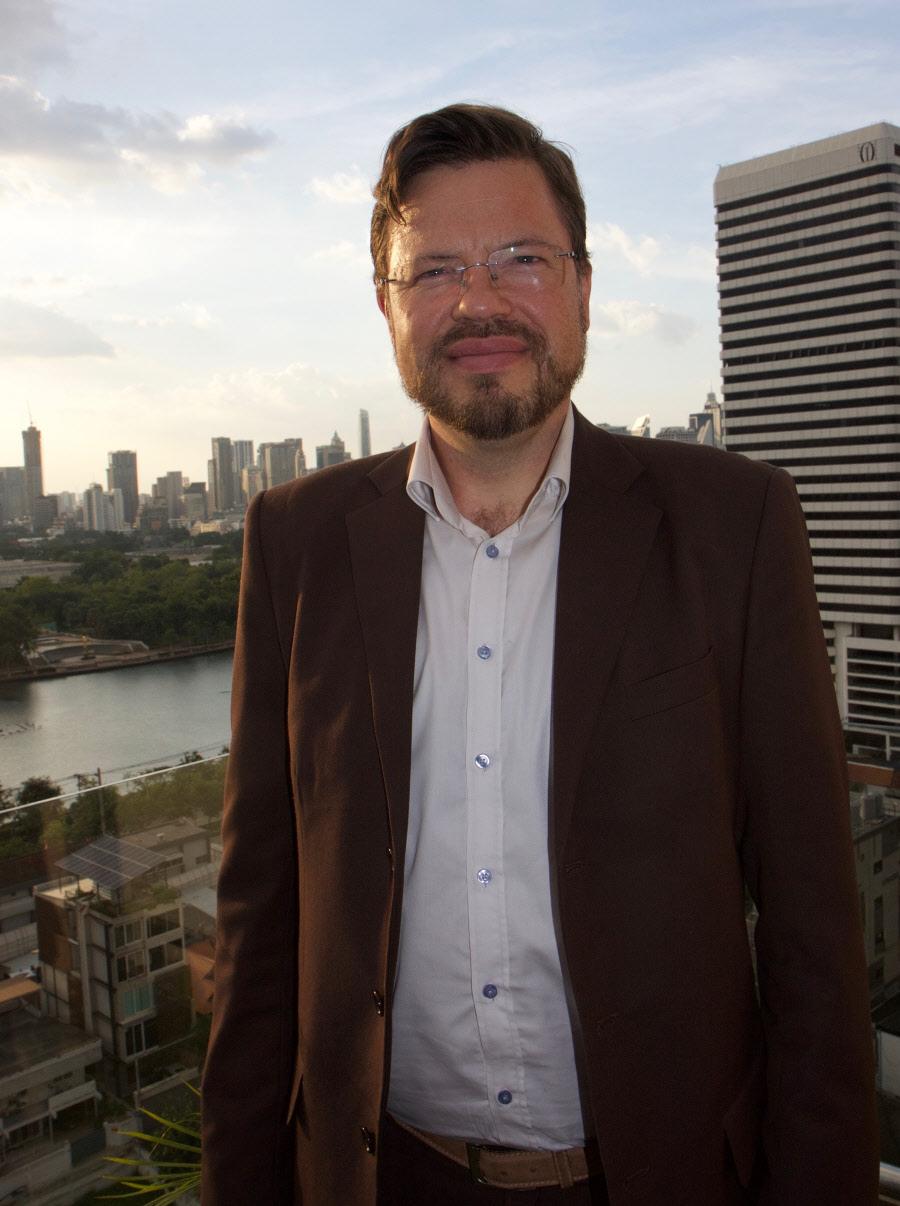 In Finland, the development of high value-added products and services is a big focus. “It’s certainly a good goal and many companies see that opportunity. And it can’t just be the recycling part of the business; it really has to be something they could see as a business opportunity and that could change the business model as well as maintain the value of materials used, for example, and not just be producing stuff and not knowing what will happen to them.”
In Finland, the development of high value-added products and services is a big focus. “It’s certainly a good goal and many companies see that opportunity. And it can’t just be the recycling part of the business; it really has to be something they could see as a business opportunity and that could change the business model as well as maintain the value of materials used, for example, and not just be producing stuff and not knowing what will happen to them.”
‘Paint the future brighter’ is Sitra’s slogan and Kari favours the positive spin that the most recent WCEF has resulted in.“I still think people want to be part of the solution rather than the problem and the CE is not the end result, it’s a tool to mitigate climate change, but also a possibility to reduce waste in society, e.g. single-use plastics so it is a positive narrative offering solutions to many of the problems that we have, and I think that one important thing is that the CE, where environmental aspects are integrated, is also generating good business out of it, so I think the industries can relate to it but also the environmentalists. And certainly one of the themes that we’ll be investigating in the coming years is the social aspects. Does this mean that we will have a just and fair transition as we need to make a big shift when it comes to consumption and production? Does this mean that jobs will change, that we’ll have to re-educate people? There’s a need to look aspects related to education, employment and equality. All these combined I think makes it a very interesting approach.”

